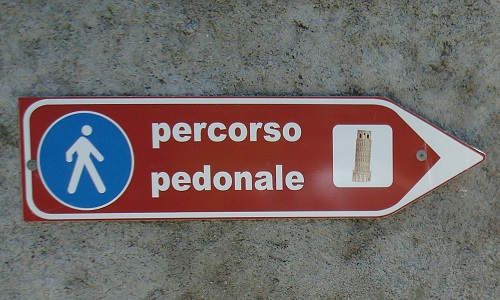 Haiku
Page 3
Haiku
Page 3
|
Mighty
Mights and Dog Fights (R0)
|
There's
a Lot in Leaning to the Right (R0)

|
Litter
Bug (with mouse over) (R4)
|
||||||
|
Goofy
Foot (R0)
|
Central
park schooner (R0)
|
Double
Dribble (R0)
|
||||||
|
Idlewild
Manzanita (R0)
|
Barkin'
up the wrong tree (R0)
|
Got
your goat? (R0)
|
||||||
|
Riomaggiore
(R0)
|
White
Water (R0)
|
Molly
Three
|
| Haiku Checklist:
(R# after above Haiku titles indicates revision number and
.## is check list compliance ratio. Checklist
revised 7/12/2018.) 1) lines of 5, 7 and 5 syllabets (Japanese 5-7-5 rhythm is counted in Japanese sounds and while the 5-7-5 English syllable structure can be okay, modern English haiku now takes a 3-5-3 or 4-6-4 syllable form as 11-14 English syllables may contain a similar amount of content as 17 Japanese sounds; another structure is 2-3-2 accented English syllables as this echoes the Japanese haiku beat) 2) evokes a season 3) image inspired (observation of a spiritual or moving moment, event, condition or place) 4) synaethesia (perceptual phenomenon in which stimulation of one sensory or cognitive pathway leads to automatic, involuntary experiences in a second sensory or cognitive pathway): synaethesia might be developed via sense switching by speaking of the sensory aspect of a thing and then changing to another sensory organ (i.e. "a frog jumps into the sound of water"). 5) simultaneously point to world & self 6) karumi (lightness) 7) sabi (evokes beauty & sadness) 8) wabi (describes beauty of ordinary things) 9) wabi-sabi (zenness) 10) vast & minute natural scene with room for physical & inner meaning interpretations 11) beauty in the physical placement of words (optional, especially without kanji) 12) kiru: A "cutting" often represented by the juxtaposition of two images or ideas. 13) kireji: (optional dash, ellipsis or conjunction in English) A "cutting word" between the kiru which signals the moment of separation and colours the manner in which the juxtaposed elements are related. 14) haiku has a life (revisions) 15) haiku has a base phrase and a superposed fragment ("the haiku core is the base section whose task is to draw the reader unconditionally into the world of the particular verse through an unexpected and arresting configuration of words and is the kernel from which the complete poem springs and upon which the success of the haiku ultimately depends while the superposed section serves to orient the reader to some of the many plausible meanings and images in the base section and, in the most simple form, consists of a word with a fairly fixed poetic essence - kigo or name of a famous place"). In the fragment one may often dispense with the use of an article (and sometimes the preposition) to leave the noun to stand alone (but not so in the phrase which should sound smooth but break from the fragment). 16) journey: haiku is played out in steps, taking the reader on a journey, anxious for successive lines. The first line might be eye catching like a window into the image. 17) satori: experience or enlightenment when a person comprehends the completeness, the oneness of all existence (i.e. commonalities amongst disparate items). 18) shasei (a sketch from life, depicting a thing just as it is): a sense of simplicity (in words, expression and/or meaning with the beauty of form instead of ornamentation) and humility (natural observation, using one, some or all senses, over feeling or thinking) are keynotes of haiku. Abstractions are limited to one line, allowing things to speak for themselves in the other two (or in all three lines). Personification, capitalization and rhyme are avoided. 19) haiku is written in the present tense so the reader has the feeling that the observed event is happening right now (but limit use of gerunds (ings) and to be verbage). 20) caesura (break or pause) at the end of either the first or second line, but not at both, and do not create one run-on sentence. 21) trinity: a third image illuminates the association, comparison or contract of two other images. Consider zooming in from the first to the second and then to the third image. 22) shubumi: use images that evoke classical elegant separateness (optional). 23) yugen: use images that evoke a mysterious aloneness (optional). 24) haiku might state the impossible in an ordinary way (optional). 25) end the haiku with a noun. 26) haiku is still - minimize verbs and avoid adverbs and don't use more than one modifier per noun. 27) riddle - haiku may be expressed in a riddle (preferably in very puzzling terms) (optional). 28) shasei: a sketch from life - to depict the thing just as it is 29) haiku may utilize new or made up words (optional) 30) pivot - in a pivot the middle line acts as a gate that can swing in either direction because the middle line is such that it can have two meanings (optional). |
"At Galileo's restaurant when you pull your order, beware the gravity of the leaning tower of pizza."
- Solomon Tall (6/9/2019)
more Tall-isms here
Copyright © 2018 by Joe Pivetti